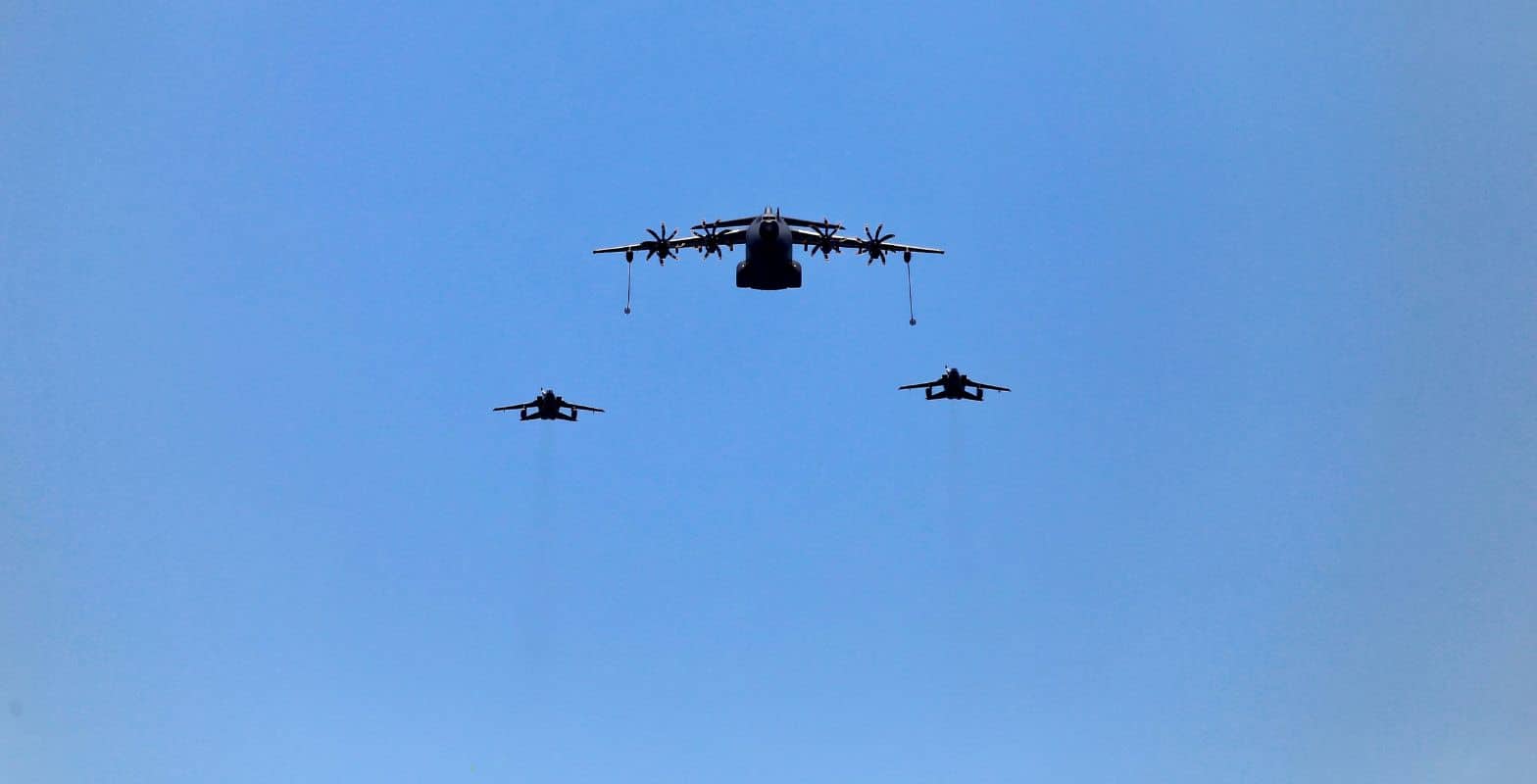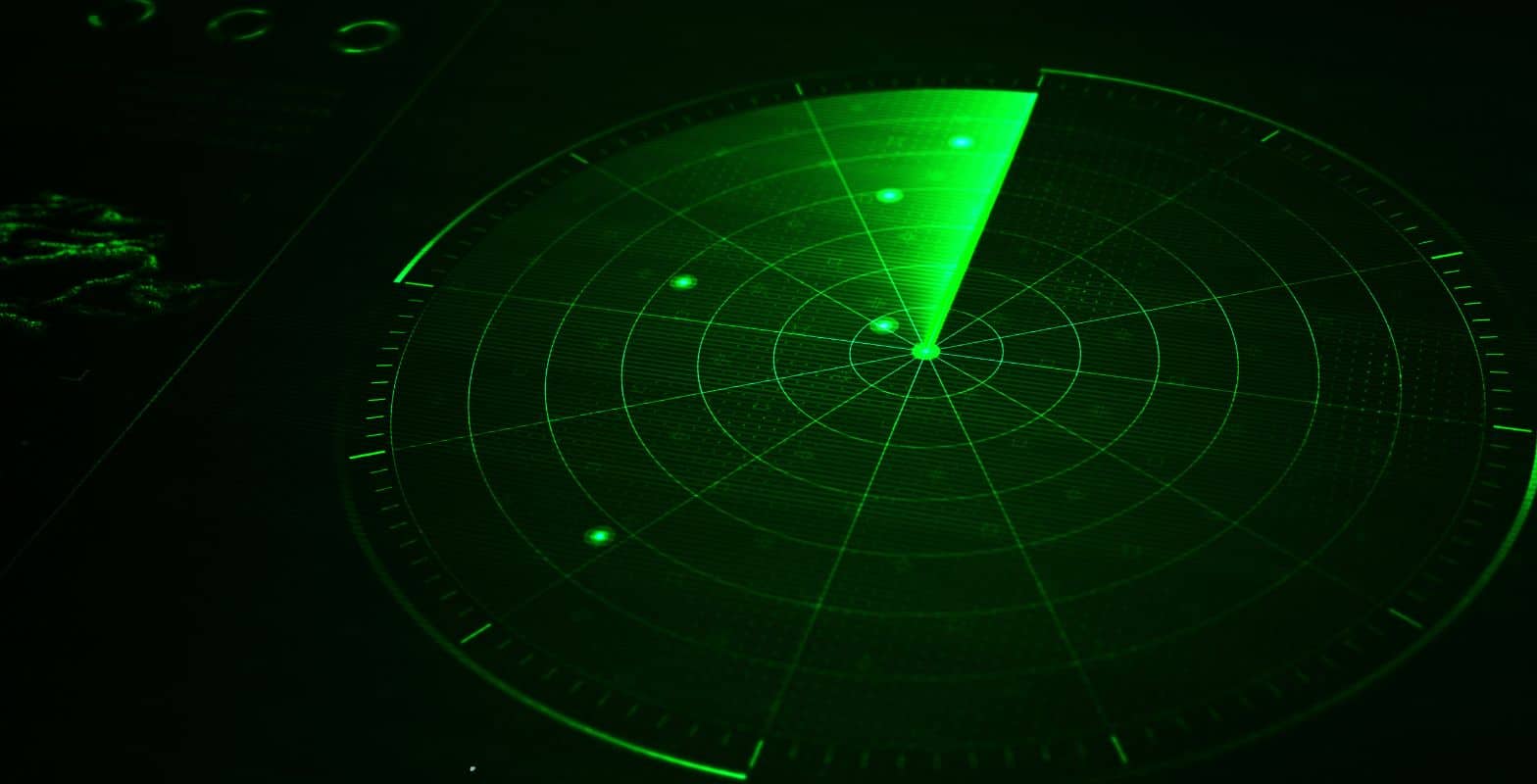To carry out successful swarm missions, it is imperative to have a flight control system that facilitates the coordination of multiple UAVs. But what features must this flight solution have for swarms to be truly effective?
The following is a breakdown of some key aspects that enhance the operational efficiency of swarms while optimizing the use of resources.
Simultaneous coordination and control of several UAVs.
Perhaps the most important factor is the ability to manage a significant number of aircraft from a single command and control station. This is essential for improving mission efficiency, as it reduces operator workload and enables precise coordination of each UAV in real time.
This capability allows operations to scale without the need to deploy multiple control stations. In addition, operators can focus on the overall strategy rather than having to monitor each UAV individually, which is crucial in scenarios where synchronization is key and fast and effective decision making is required.

2. Management of heterogeneous swarms
Swarms need not be limited to single-domain platforms. Having platforms of different nature allows them to benefit from their respective strengths and mitigate their weaknesses. Therefore, to optimize their performance, control systems need to be able to coordinate different classes of autonomous vehicles within the same swarm, both airborne, land-based and maritime.
Integrating platforms with different capabilities within a single management system expands the range of applications, enabling diversified operations, such as reconnaissance, surveillance or tactical intervention tasks.
3. Autonomous communication between vehicles
Another factor that ensures the operability of the swarm is the ability of the platforms to exchange information in real time through a decentralized network between the different UAVs. The transmission of data between aircraft improves coordination, as they do not depend exclusively on a control station.
In addition, on certain occasions we may need to send instructions to an aircraft that is out of range of the control station. By using aircraft-to-aircraft communication, we overcome this inconvenience, especially in complex or difficult to access environments.

4. Formation flying and synchronized execution
UAVs within the swarm must have the ability to maintain pre-established formations and adjust them in real time as the mission evolves. Precise coordination between units allows to execute maneuvers efficiently and reduce the operators’ workload, while minimizing the risks of collisions between aircraft or other incidents that could jeopardize the mission.
This capability acquires special relevance when performing tasks that require special precision in aircraft positioning. Examples of this type of missions are those oriented to surveillance or tactical deployments, since it allows an optimal distribution of the UAVs in our swarm.
5. Automatic rescheduling and obstacle detection and avoidance.
Operating in dynamic environments means that UAVs must be able to detect obstacles and modify their routes autonomously. As the level of aircraft autonomy increases, the need for human intervention is reduced. This not only ensures mission continuity in unforeseen situations, but also brings safety and reliability to the highest level.
Real-time replanning capability allows UAVs to react to changes in the environment without compromising established objectives. Many missions depend on quick, real-time decisions, and not having to deal with manual replanning of aircraft flight plans is an undeniable competitive advantage.

6. Flight referenced to moving targets.
A key aspect of swarm missions is the ability to modify and update the position of targets in real time. Targets tend not to be static points, but change position over time. The variability capability of the flight control solution allows UAVs to adapt to new operational conditions and improve mission efficiency in real time.
This functionality is especially useful in operations that require the tracking of mobile threats or convoy protection, as it allows us to adjust the flight strategy based on the information received at any given moment. Again, avoiding manual intervention through automation allows us to have the best guarantee of mission success.
How UAV Navigation-Oesia Group helps the execution of UAS swarm operations
UAV Navigation-Oesia Group flight control solutions are designed to meet the challenges of UAV swarm operations. They can manage the coordinated flight of up to 32 aircraft from a single ground control station, allowing them to adapt well to the terrain. In addition, the system is flexible and can be integrated into platforms of different nature, facilitating mission management and monitoring by operators.
Its autopilot command and control station software, Visionair, facilitates flight coordination and planning, enabling automatic replanning and tracking of moving targets. It also facilitates the delimitation of restricted flight areas or geofencing, which prevents aircraft from penetrating them, automatically recalculating the route to reach the final target and ensuring a more resilient and autonomous navigation.
The flight control system includes advanced logics to ensure the safety of the platforms in flight, such as vehicle-to-vehicle (V2V) communication, which prevents possible collisions between aircraft, and algorithms to optimize distances between UAS in formation, optimizing the efficiency and safety of the mission.
In turn, mobile target pursuit and tracking logics allow swarms to adjust their flight paths in real time based on the position of their target, maximizing mission success in rapidly changing environments.
These and other functionalities allow UAV Navigation-Oesia Group to offer an advanced technology for the execution of missions with unmanned vehicles.
Conclusion
Advanced management and control systems that facilitate the monitoring of multiple units, efficient communication between them and the ability to adapt to dynamic environments are essential for successful UAS swarm operations.
These features not only improve operational efficiency, but also offer greater flexibility, safety and autonomy. With proper planning and the use of advanced technologies, swarms can be deployed on multipurpose missions, bringing significant advantages to the air missions of a future that is already present.
Ignacio José Calomarde, Guidance and Control Team Leader in UAV Navigation-Grupo Oesía
